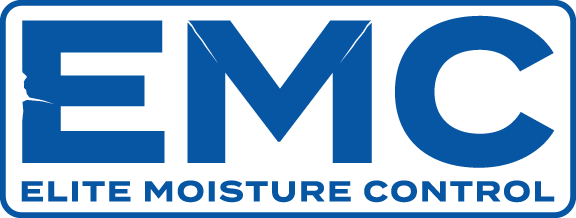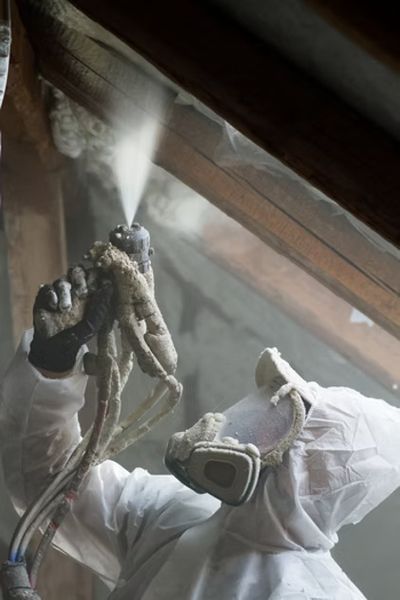Spray foam insulation has quickly become one of the top choices for energy-efficient homes and buildings. It seals air leaks, improves indoor comfort, and slashes energy bills. But as with any chemical product, homeowners and builders often ask: “Is spray foam insulation safe?”
The short answer: Yes—with the right product and proper installation. And thanks to new developments like HFO (Hydrofluoroolefin) blowing agents, spray foam is now safer for people and the planet than ever before.
Let’s break it down.

